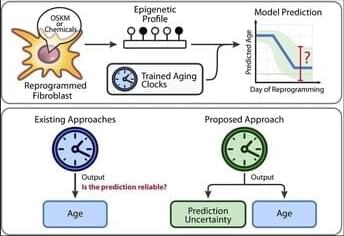Using a laser to raise the energy state of an atom ’s nucleus, known as excitation, can lead to the development of the most precise atomic clocks. This process has been challenging because the electrons surrounding the nucleus are highly reactive to light, necessitating more light to affect the nucleus. UCLA physicists have overcome this by bonding the electrons with fluorine in a transparent crystal, allowing them to excite the neutrons in a thorium atom’s nucleus using a moderate amount of laser light. This achievement paves the way for significantly more accurate measurements of time, gravity, and other fields, far surpassing the current accuracy levels provided by atomic electrons.
For almost half a century, physicists have envisioned the possibilities that could arise from elevating the energy state of an atom’s nucleus with a laser. This breakthrough would enable the replacement of current atomic clocks with a nuclear clock, the most accurate timekeeping device ever conceived. Such precision would revolutionize fields like deep space navigation and communication.
It would also allow scientists to measure precisely whether the fundamental constants of nature are, in fact, really constant or merely appear to be because we have not yet measured them precisely enough.






